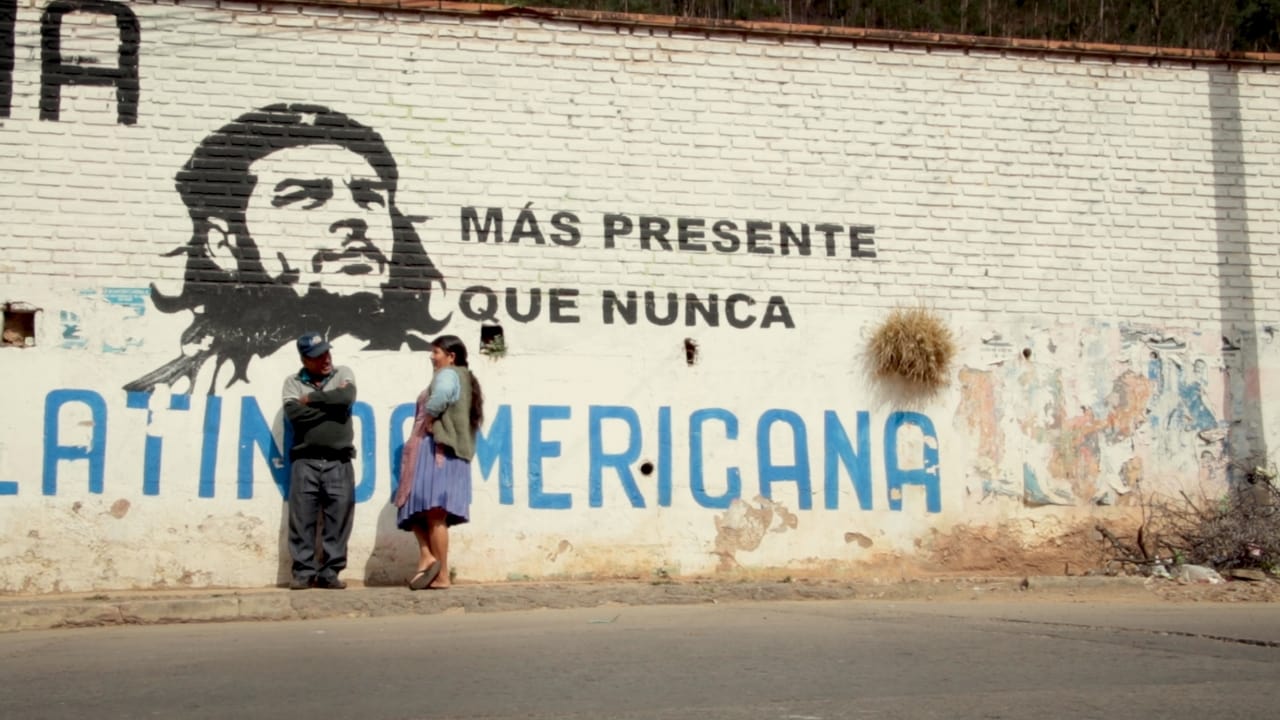
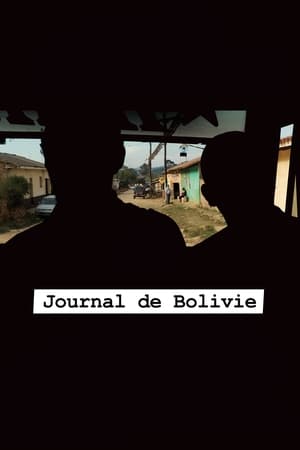
Journal de Bolivie(2020)

Movie: Journal de Bolivie

Journal de Bolivie
HomePage
Overview
Release Date
2020-07-31
Average
10
Rating:
5.0 startsTagline
Genres
Languages:
FrançaisKeywords
Recommendations Movies
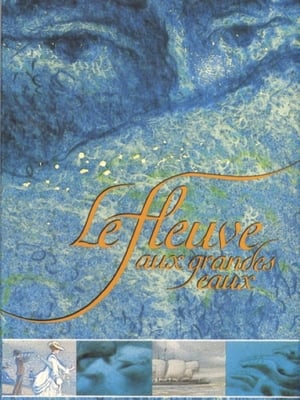 6.9
6.9The Mighty River(fr)
This film illustrates the history of the St. Lawrence river. From prehistoric times on, it has been a magnificent source of life. The film covers the impact of humanity beginning with the careful relationship with the Native Americans. This soon changes with the arrival of Europeans who begin the insatiable exploitation that would led to the river's damage, creating a situation that we must resolve for all our sakes.
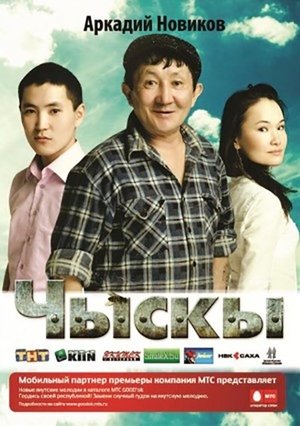 7.0
7.0Spring(ru)
This is a story about a city guy Nikolai, who will have to go instead of his friend on a rural business trip. A series of funny events, meetings and the beauty of the Yakut village encourage Nikolai to make an important decision in his life…
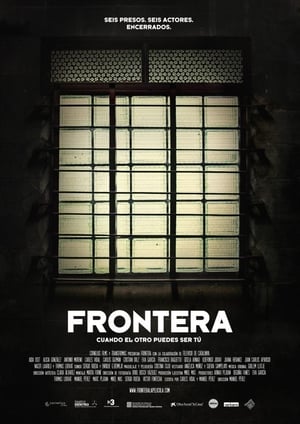 5.8
5.8Frontera(en)
The theater group within the prison of Cuatro Caminos, which includes a total of six prisoners-eight volunteers, it was decided to stage the play "12 Angry Men". However, his dream will be lowered when a contagious infection forced to remain isolated inside. Fear and lack of information to jump trigger alarms and the group is consumed by stress. With the participation of real prisoners, this film is an innovative proposal to help them pass and live, while participating in a larger project.
 10.0
10.0Life of a Mutt(sr)
Through seven scenes, the film follows the life and destinies of stray dogs from the margins of our society, leading us to reconsider our attitude towards them. Through the seven “wandering” characters that we follow at different ages, from birth to old age, we witness their dignified struggle for survival. At the cemetery, in an abandoned factory, in an asylum, in a landfill, in places full of sorrow, our heroes search for love and togetherness. By combining documentary material, animation and acting interpretation of the thoughts of our heroes, we get to know lives between disappointment and hope, quite similar to ours.
 8.7
8.7Kill Shot(en)
Posing as hunters, a group of terrorists are in search of $100 million that was stolen and lost in a plane crash en route from Afghanistan.
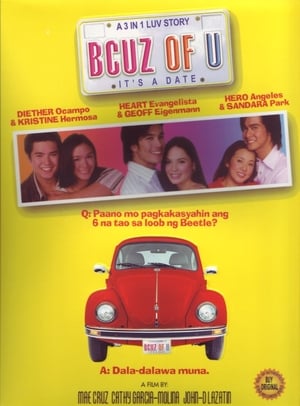 6.5
6.5Bcuz Of U(tl)
This movie encloses three intertwining love stories of six different people through a vintage car: Ria and RJ share the perfect relationship until she chickens out on their wedding. Years after, she decides to win him back. But the indecisive and the new RJ is now the most sought-after model in town. He wants nothing of her anymore. Will their love prevail over the pain they cause each other? Cara never takes a chance on falling in love because she believes that it will only break her heart. That was until she meets Roni but only to find out that he is the kind of man she's been trying to avoid. Will she take the risk this time? Louie, a tourist guide, meets April a Korean girl who gets lost in the city and is left with no choice but to pretend that she is a famous actress in her hometown only to survive. Will it be possible for two very different individuals find home in one another?
 5.8
5.8We Are Not Alone(he)
Eddie is a lonesome young man who works as a security guard at a big shopping mall. Eddie strongly believes in an old prophecy predicting the very near end of all human civilization. Just as he is getting ready to embark on a carefully planned escape journey, Eddie meets May, a very intelligent yet anti-social young woman, with a dubious past. As the last days before the fateful date go by, May gradually insert herself into Eddie's life and heart until finally Eddie must choose whether to stay and abandon his hope to escape the upcoming apocalypse, or leave and lose his chance for intimacy and real love.
 5.3
5.3Cloudy Clouds(de)
17-year-old Paul likes strange things: stealth trails and abandoned buildings, whispered conversations and left-behind bags. Besides that, he seems to be a young man without qualities. His mysterious nature catches the eyes of his classmate Dala and his art-loving teacher Mr. Bulwer, both seemingly driven by hidden desires. Then a boy’s dead body is discovered in the forest...
 7.0
7.0Let's Go(en)
The no-good son of a company owner is sent to investigate a problematic business deal.
 10.0
10.0Entre Dos Puertas(es)
Lady becomes hysterical after discovering her doormat has been stolen.
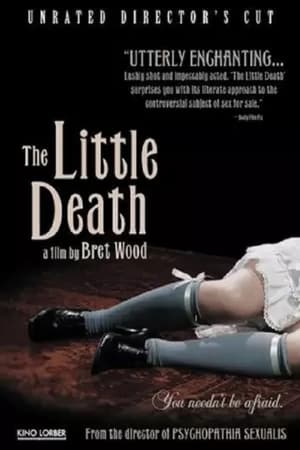 5.8
5.8The Little Death(en)
An erotic thriller from the director of Psychopathia Sexualis, THE LITTLE DEATH offers a peek into the seedy boudoirs of a Victorian-era brothel, where a strong-willed reformer (Courtney Patterson) and a corrupter of innocence battle over the fate of a young woman (Christie Vozniak) who seems to be held there in sexual captivity. While the owner attempts to mesmerize and seduce the would-be rescuer, a meek student (Clifton Guterman) wanders into the house and becomes a tragic pawn in the psychological game of cat-and-mouse that is rapidly unfolding.
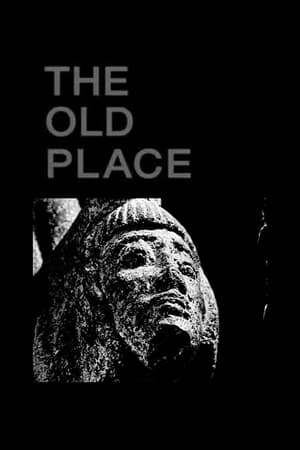 5.8
5.8The Old Place(fr)
Essay on the influence of arts at the end of the 20th century produced by the Museum of Modern Art.
 7.0
7.0Life, Love, Soul(en)
The tragedy-to-triumph story of Roosevelt Jackson (Robbie Tate-Brickle), a seventeen-year-old honor student coping with the sudden death of his mother (Tami Roman), his tumultuous relationship with his previously estranged father (Chad Coleman), and his own journey to manhood. It's the story of a young man who loses everything and triumphantly finds himself.
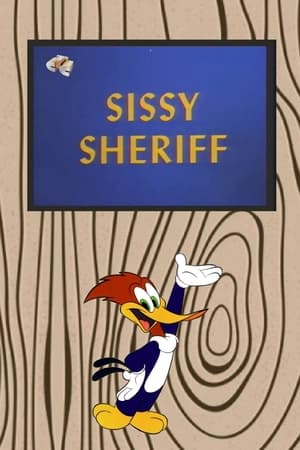 7.0
7.0Sissy Sheriff(en)
After losing 12 sheriffs in twelve days, the town of Lizzard Gizzard Gulch makes Woody sheriff number 13, with the task of arresting notorious bank robber Dirty McNasty.
 10.0
10.0Pendulous Chances; the life and work of singer performer Ragnar Bjarnason(is)
Ragnar Bjarnasson career spans 60 years. Now at 75 he is ready to examine his career and allow us access to the idol Ragnar Bjarnason who is much loved by all ages. The camera follows him during a grand performance in honor of his seventy fifth birthday and gives us a glimpse of the pendulous chances of his life and career as a singer and performer.
 5.2
5.2Paris is a Moveable Feast - A Film in 18 Waves(fr)
Sylvain George crosses Paris in 2015 and 2016 with an “unaccompanied foreign minor”, as the official term has it. This splendid whirlwind in black-and-white mixes the details of iconic monuments – an equestrian statue, the obelisk or the big wheel – with life in the streets.
Similar Movies
The Money Lenders(en)
Critical investigation of The World Bank and IMF. Too hot for PBS, but prime time TV everywhere else. Do the World Bank and IMF make the poor even poorer? Are the Bank and IMF democratic institutions? Why do people demonstrate against the Bank and IMF? For the first time, a documentary global investigation of major criticisms of the World Bank and the International Monetary Fund (IMF), two of the most powerful financial institutions in the world. Five country case studies are presented, each concentrating on a different aspect of critics' charges: 1. Bolivia: Debt, Drugs and Democracy 2. Ghana: The Model of Success 3. Brazil: Debt, Damage and Politics 4. Thailand: Dams and Dislocation 5. Philippines: The Debt Fighters. The charges, including those related to structural adjustment, are controversial and provocative. Some go to the heart of the power and policies of these institutions.
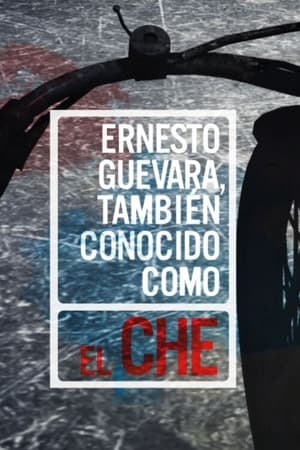 8.0
8.0Ernesto Guevara, also known as "Che"(es)
From millions of photos, posters, videos, t-shirts, postcards, records, books, phrases, testimonies, Che watches over us. Beyond all paraphernalia, he returns. Irreverent, mocking, stubborn - morally stubborn - Che will always be the subject of debate. The exclusive teleSUR series “Ernesto Guevara, also known as 'Che'”, aims to address the figure of Ernesto Guevara as it has never been told before. Conversing with the characters who were with him in important moments, visiting the real settings where Che spent his life.
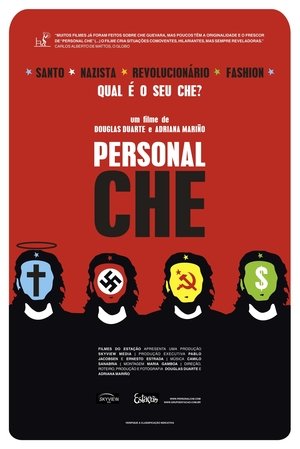 10.0
10.0Personal Che(en)
A documentary that explores the myth behind the truth. Different people around the globe reinterpret the legend of Che Guevara at will: from the rebel living in Hong Kong fighting Chinese domination, to the German neonazi preaching revolution and the Castro-hating Cuban. Their testimonies prove that the Argentinian revolutionary's historical impact reverberates still. But like with all legends, each sees what he will, in often contradictory perspectives.
 6.7
6.7The Devil's Miner(en)
'The Devil's Miner' tells the story of 14-year-old Basilio who worships the devil for protection while working in a Bolivian silver mine to support his family.
Gringo Trails(en)
Are tourists destroying the planet-or saving it? How do travelers change the remote places they visit, and how are they changed? From the Bolivian jungle to the party beaches of Thailand, and from the deserts of Timbuktu, Mali to the breathtaking beauty of Bhutan, GRINGO TRAILS traces stories over 30 years to show the dramatic long-term impact of tourism on cultures, economies, and the environment.
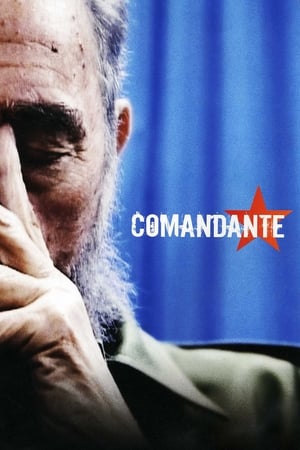 6.5
6.5Comandante(en)
Oliver Stone spends three days filming with Fidel Castro in Cuba, discussing an array of subjects with the president such as his rise to power, fellow revolutionary Che Guevara, the Cuban Missile crisis, and the present state of the country.
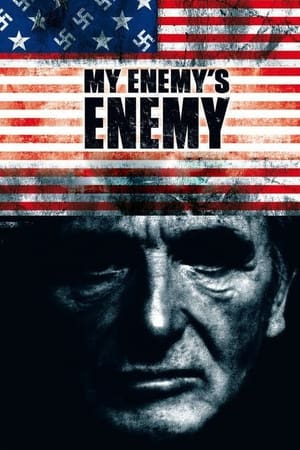 7.1
7.1My Enemy's Enemy(en)
Reveals an alternate history of the post-war world. This is a version of history where, in contrast to what we are all told, fascist ideology prevailed. The story of Klaus Barbie, Nazi torturer, American spy, tool of repressive right-wing regimes, is symbolic of the real relationship that the "Western" governments had with fascism and makes us see the world as it is today - and the politicians that inhabit it - in a different way.
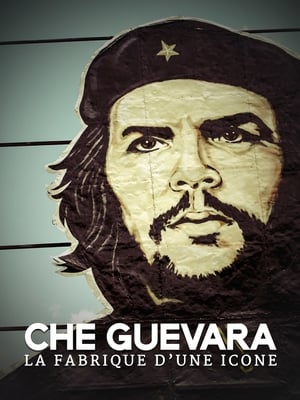 6.0
6.0Che Guevara: The making of an icon(fr)
How does a politician – assassinated more than 50 years ago – gradually become a public figure? An extremely vibrant image which shows up where you least expect it. It served as figurehead for the Arab Spring revolutions, from Rabat to Sanaa, whereas we had thought it had been relegated to t-shirts and cigarette lighters. Why has this image become so universal that we are no longer surprised to find it in drawings, graffiti, tattoos and prints on all types of media in all sorts of contexts the world over? How can this image be used to advertise luxury automobiles and also be brandished angrily by indignant agitators? What is the formula that made this figure go viral? This documentary is a journey to investigate and decode a piece of iconography.
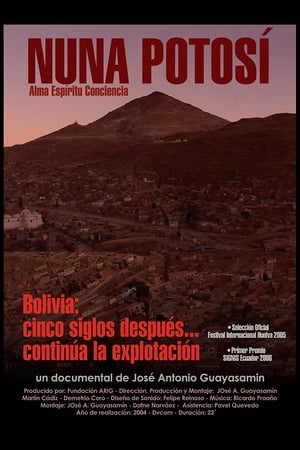 0.0
0.0Nuna potosí(es)
In the rich hill of Potosí in Bolivia there is a silver mine that was the largest in the world. It has been exploited since 1546 with the arrival of the Spanish who enslaved the indigenous people to steal the precious metal. To this day, hundreds of meters underground, the indigenous miners continue to exploit the mine in extremely precarious conditions, Martín Cádiz is one of them; hi works in the depths of the hill and desires that his children do not enter these tunnels of hell.
Sacrificio: Who Betrayed Che Guevara(sv)
The two young Swedish journalist's Erik Gandini and Tarik Saleh have worked one year with Sacrificio, a film about the events surrounding the death of Che Guevara. They have traveled the world around and met among others the man who shot Che Guevara and the former CIA agent who walks around with Che's last tobacco in his pistol butt. In their attempts to find out what really happened they discover that the man who is accused of having betrayed Che Guevara as a matter of fact lives in Malmö, in the south of Sweden.
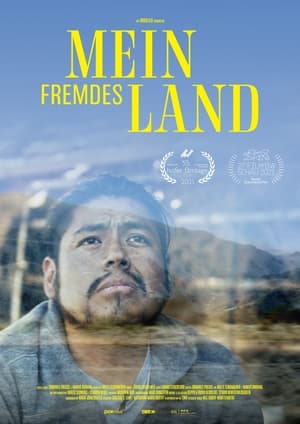 8.5
8.5Mein fremdes Land(de)
A Bolivian by birth, who grew up with adoptive parents in the Swabian town of Mössingen, is looking for his family in the mountains of Potosí. Out of poverty, his mother gave the little boy away when he was just a few months old. The search carries a story that goes far beyond personal fate. Because Manuel was born in a region known for the ruthless exploitation of silver. It's a film about identity, homeland and equal opportunities.
 9.0
9.0When the Bull Cried(es)
Danger, toil, and superstition pervade life in a mining town high up in the Bolivian mountains. Tin is the heartbeat of the community providing jobs and livelihoods - but at considerable cost. With deaths commonplace, people make offerings to El Tio, the devil under the earth, for protection and good fortune. But when the mountain's flow of tin ebbs, further measures must be taken...
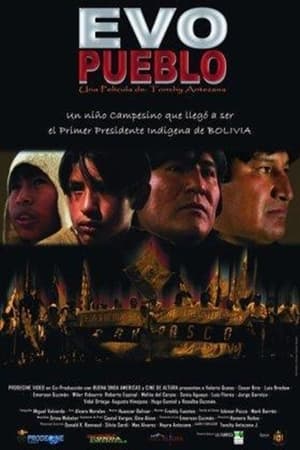 6.2
6.2Evo Pueblo(en)
This is the history of a young farmer of the Bolivian plateau that becomes the first indigenous president of Bolivia. His childhood consists of shepherding ewes in the small school located in Orinoca where he befriends Reneco and Jamie, as well as his first love Wilma. All of them partake in different stages of each others lives. At the young age of 17 he is transferred to Oruro mining city in the heat of the Bolivian plateau. In order to survive he will have to work as a brick maker, baker, and trompetista in the Imperial band. The poverty and continuous droughts in the Moral field force the family Ayma to migrate towards the cochabambino tropic. In the tropical Chapare, Evo will become the biggest coca grower, soon to be delegated and win in the elections for president in 2005 with 54% votes. Evo Pueblo depicts the reality of our country, accounting for the common man that inhabits Bolivia through his fights, joys, poverty, exclusion and marginamiento.
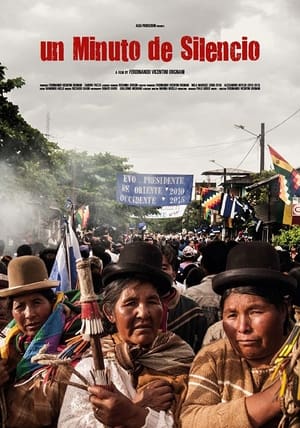 0.0
0.0A Moment Of Silence(es)
2006: Evo Morales, first indigenous President is elected in Bolivia after the 2003 dramatic events following the fall of the President Sanchez de Lozada (exiled in the U.S. since then). The socialist revolution enters in its crucial stage. But dealing with power carries a burden of temptations and pathologies. In four years of shooting between Bolivia and the US this film focus on the difficult path of this unique historical opportunity. The film ends with the recent TIPNIS dramatic indigenous protest which creates an historical circle.
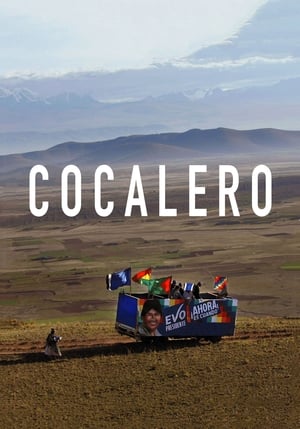 5.0
5.0Cocalero(es)
A documentary centered on the union formed by Bolivian farmers in response to their government's (which was urged by the U.S.) effort eradicate coca crops, and the man who would come to represent them, Evo Morales.
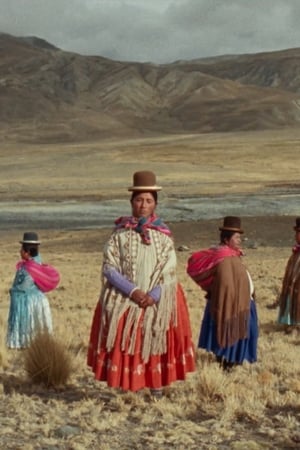 0.0
0.0MONTAÑAS(es)
Bolivia's Climbing Cholitas - a group of indigenous women scaling the Andes Mountains, some of the highest peaks in the world. Shot in Bolivia for Vogue Latin America and Vogue Mexico's 20th anniversary cover story.
 0.0
0.0Mamani in El Alto(de)
His buildings are garish, colorful and completely overloaded. Columns and glittering chandeliers everywhere, and way too much of everything. The Bolivian civil engineer and architect Freddy Mamani Silvestre (*1971) builds houses in El Alto for a nouveau riche upper class of the Aymara, the largest indigenous ethnic group in Bolivia.




